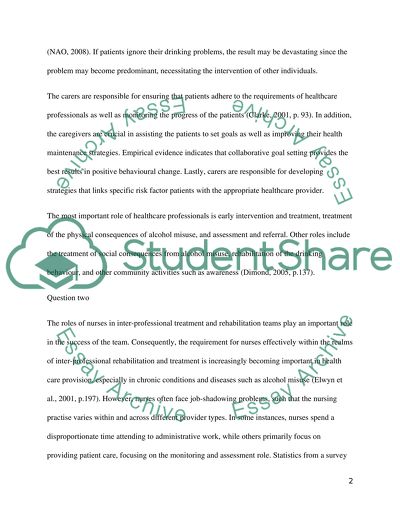Cite this document
(“Health Promotion and Prevention: Alcohol Misuse Essay”, n.d.)
Retrieved from https://studentshare.org/nursing/1445955-explore-and-analyse-the-role-of-the-adult-nurse-in
Retrieved from https://studentshare.org/nursing/1445955-explore-and-analyse-the-role-of-the-adult-nurse-in
(Health Promotion and Prevention: Alcohol Misuse Essay)
https://studentshare.org/nursing/1445955-explore-and-analyse-the-role-of-the-adult-nurse-in.
https://studentshare.org/nursing/1445955-explore-and-analyse-the-role-of-the-adult-nurse-in.
“Health Promotion and Prevention: Alcohol Misuse Essay”, n.d. https://studentshare.org/nursing/1445955-explore-and-analyse-the-role-of-the-adult-nurse-in.


